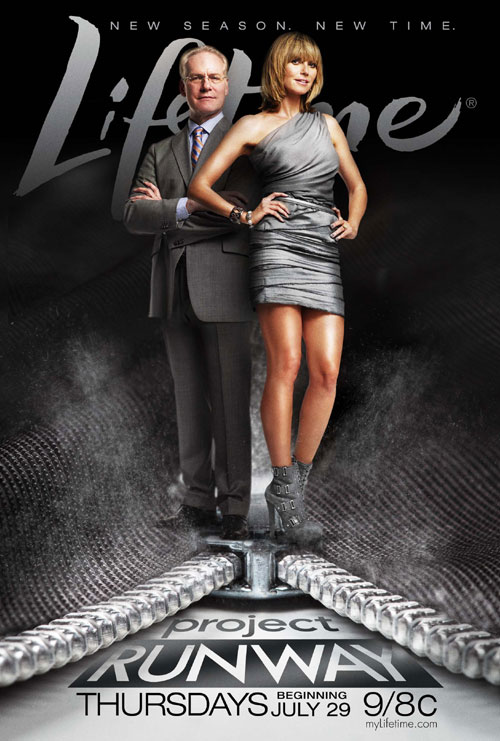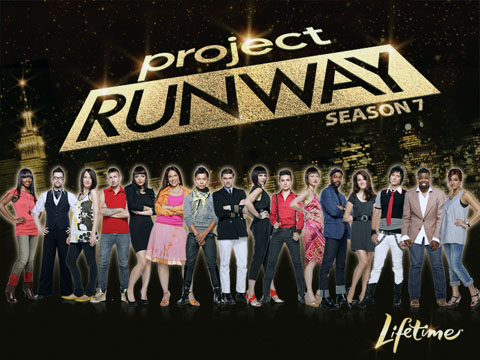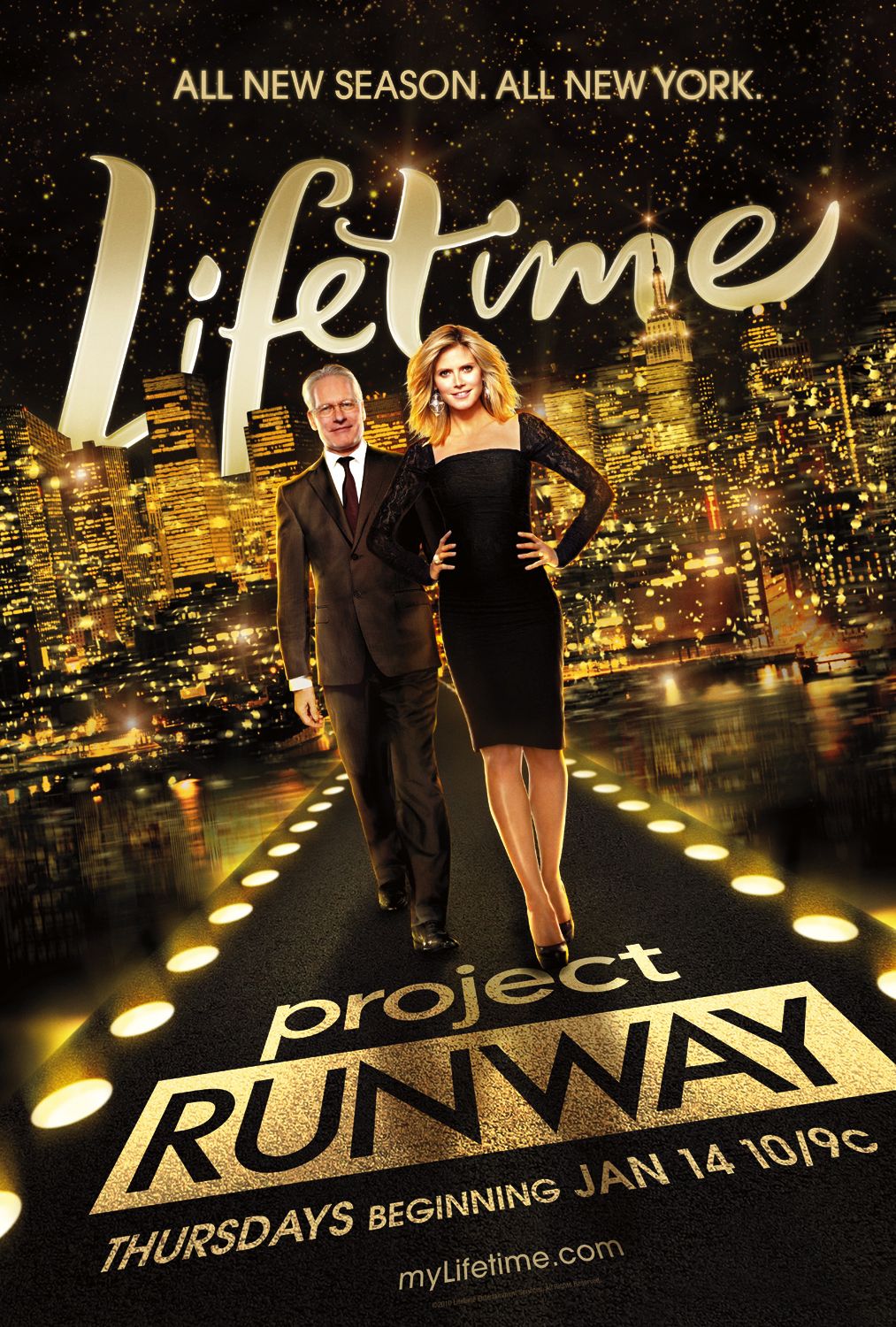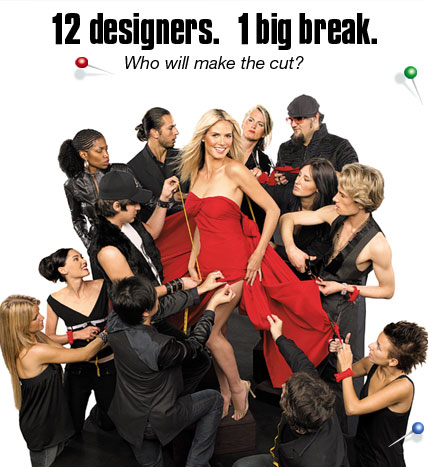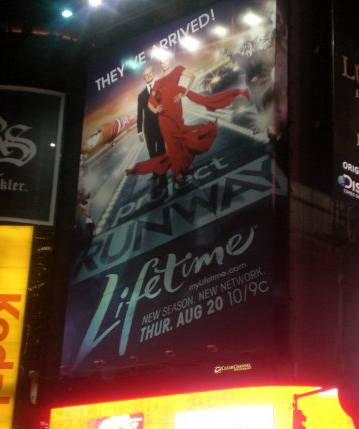The purpose of discourse analysis is to identify patterns in a group of images and "it
refers to groups of statements which structure the way a thing is thought, and the way we
act on the basis of that thinking" (Rose, p. 190). Discourse gives out different forms of
words, images, and beliefs to the general public allowing them to create their own
ideology. Discourse allows the public to learn what the media wants them to know and lets
them apply it to their own lives.
When looking at the popular television show, Project Runway, one thing each episode
does is give the designer a task. This task includes coming up with a few pieces of
clothing that the judges want to see. They want to know that no matter what the fashion
industry throws at the designer within their career that they can take on the challenge
and adjust to the fast changing industry. Not only does this fast changing industry tell
the designers what they need to change within the upcoming fall and spring line but it
also tells the viewers of the show what they believe to be "in fashion" at the time. Star
designers that appear on the show, such as Michael Kors and host Heidi Klum, have a large
influence on what they think is the top trends at the time.
| One-way Project Runway makes applying discourse analysis interesting is the fact that
it doesn't strive upon having every designer be similar to each other. They aren't looking
for twelve to sixteen competitors who create the same pieces as each other. What makes it
unique to discourse analysis is that it does look for people who all share the common
similarity of fashion and wanting to be the next top designer. The creators of Project
Runway look for designers who can bring a new type of identity to the industry. "Fashion
offers fundamental models and roles for constructing identity" (Abrudan, p. 5), being a
designer and being able to bring something unique and different to the industry makes
being able to create a certain identity that can be sold to the American culture more
possible. Viewers and judges expect individuality through each piece of clothing that is
presented on the show and that's how designers are able to market themselves as being better |
 |
The way fashion television presents itself is in a way that expresses a certain type
of consumer ideology. Through Project Runway, the production team is being able to not
only advertise for reality television show but to advertise for the fashion industry. They
have future top designers on the show creating pieces that model what fashion is suppose
to look like and then the judges have the ability to agree or disagree.
Using some of the most popular designers in America on the show gives the audience a
sense of truth. Truth claims, which depend on assumptions and knowledge that something is
true, hold a high ground in Project Runway (Rose, p. 193). The judges have the ability to
give out valuable information to the public about fashion through the show. When a
contestant comes up to be evaluated they have the idea that the judges know what is best.
If they didn't know what was best they wouldn't have been selected to host and judge the
show. Based on what the judges tell the designer they can apply that to their next project
on the show or if they were to get eliminated they can take the critique away from the
show and use it for future purposes. How this effects the viewers is that the same
critique the judges give the designer can then be taken from them in order to apply it to
their own sense of fashion. Once it is applied to the viewers we then see it make its way
to the consumption part of fashion.
